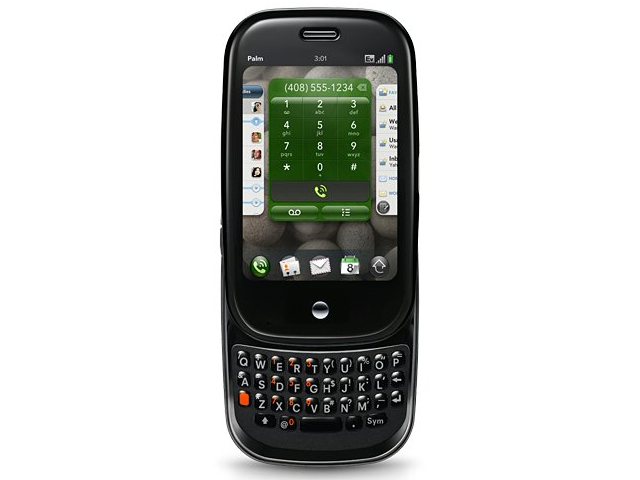Carbon nanotubes to slim mobile phones
Super-lightweight 'nantennas' shown to work as well as copper

Is there anything that can't be made lighter, stronger and cooler-sounding with carbon nanotubes?
The latest technology to get a nano-makeover is mobile phone antennas - which could lead to lighter, smaller handsets in a matter of years.
Aerials are important because of the sheer number of radios packed into a single phone. Most modern mobiles can work on a range of 2.5G and 3G frequency bands, plus Bluetooth, FM radio and possibly GPS, Wi-Fi, near field communication and even RFID.
Nanotech antenna
The University of Cincinnati has long been known for its world-record-breaking carbon nanotubes. Now researchers there have discovered that spinning carbon nanotubes (CNTs) into longer fibres makes them into excellent nanotech antennas - or 'nantennas'.
David Mast, an Associate Professor of physics, took a 25-micron carbon nanotube thread and created a dipole antenna using double-sided transparent tape and silver paste.
Ripping the back off his own mobile phone, Mast replaced the phone's original antenna with his home-made one. With the 'nantenna', he was able to get four to five bars of service, compared to none without it.
Get daily insight, inspiration and deals in your inbox
Sign up for breaking news, reviews, opinion, top tech deals, and more.
Fiddly floating fibres
"That was a very pleasant surprise, how easy it was to do," Mast says. "The hardest thing is to manipulate them. They float on ambient air."
Carbon nanotube threads work well as an antenna because of something called the skin effect: electrons transfer well on the feather-light nanotubes because they want to go to the surface.
And despite their low weight (about a thousand times lighter than copper), nanotubes have an immensely high tensile strength - about five times that of steel.
Mark Harris is Senior Research Director at Gartner.